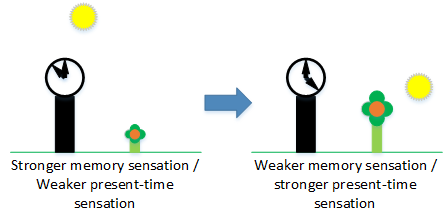The totality of my conscious thought is described by a collection of the sensations outlined in the vocabulary.
Making you read all of my conscious thoughts would be a mighty (or rather extremely long and generally dull and boring) undertaking. It would be a biography times a million. To save time and get the key points across, here is a brief history of my time, as well as some statistical synthesis that will be helpful in understanding my reasoning:
I think I am a pretty typical upper middle class American white guy. I haven’t had to deal with a huge amount of dire adversity in terms of people accepting me, getting shot at, trying to hustle for cash, etc. From my perspective, my struggle is about trying to improve the overall situation and not my own lot in life.
Having had a lot of opportunities a lot of people don’t get to have, I have a wide range of experiences. With that said, nobody is able to experience everything in this world.
The way I visualize things, if we choose the time axis as the x-axis, would be like a monster tapestry or mural stretching for miles and miles, due to the amount of sensation content. However, since my memory sensations are vague, if I only used those as the measurement points, there would be a great deal of ambiguity and overlaps. If I look at the content of the memories, and correlate that with their memory sensation time values, that calculation shows a high correlation.
Looking at the tapestry, one class of sensations (the “memory-time” ones in the earlier classification) is infrequently present at the same intuitive time as strong “present-time” sensations.
Of course, I forget things over the course of time like everyone else. I have “tried” (what that, and “alter” mean exactly is actually quite complicated and will be explained later) to alter/modify/add/forget my own sensations in and of themselves, and the results can be summarized as follows:
- Present-time sensations cannot be effectively altered in and of themselves (the changing is a phenomenon I will describe in more detail later). At most, there is some change in the degree (for example more or less pain).
- Memory-time sensations can be altered much more easily than present-time sensations; however, many do not respond to the tricks I have tried. It is possible to accomplish this, but based on the number of failures, it seems infeasible in a large majority of cases, particularly ones where the sensation is strong.
My value sensations are triggered by many other sensations. Present-time sensation examples would be:
- The desire for food when hungry
- The desire for sleep when tired
- The desire to keep temperature regulated
- The desire to avoid immediate physical injury or pain
There are a host of memory-time ones (I recall that “memory-time” ones typically do not strongly manifest when “present-time” ones are strongly present) including
- The desire for security when threatened and feeling fear
- The desire for sexual release when aroused, or at periodic intervals
- Various desires to take actions which I believe will improve the overall quality of present-time sensations in the future
- Playing video games d00d (although this has grown more complex over time, as my sense of duty has grown and the opportunity cost of this becomes higher)
After the objects of these desires are met, good feelings. If not, bad feelings.
Based on my memory, if certain desires are unfulfilled, others will not even be perceived.
The classes of strong and low-ambiguity thinking sensations, and intention/action sensations, are highly correlated (both ways, and in predecessor/successor relationships) in my memory.
I don’t see a clear distinction in the correlations between the present-time, memory-time, value, intention, and thinking sensations. They all operate together.
